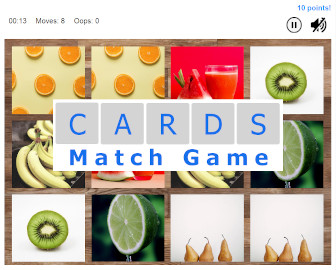What Is the Healthiest Sunscreen to Use? A Guide to Safe and Effective Sun Protection
When it comes to protecting your skin from harmful ultraviolet (UV) rays, sunscreen is a must. But not all sunscreens are created equal - and some may do more harm than good. With increasing awareness around toxic ingredients and their effects on human health and the environment, many people are asking: What is the healthiest sunscreen to use?
Let’s break it down.
Why Sunscreen Matters
Sunscreen helps protect your skin from:
- Sunburns
- Premature aging (wrinkles, dark spots)
- Skin cancer (including melanoma)
There are two main types of UV rays to guard against:
- UVA rays, which age the skin
- UVB rays, which burn the skin
A good sunscreen should protect against both - this is called broad-spectrum protection.
Chemical vs. Mineral Sunscreens
There are two main types of sunscreens:
1. Chemical Sunscreens
These absorb into your skin and then absorb UV rays, converting them into heat that is released from the body.
Common chemical ingredients:
- Oxybenzone
- Octinoxate
- Avobenzone
- Homosalate
- Octocrylene
Concerns:
- Hormone disruption: Ingredients like oxybenzone have been linked to hormonal interference.
- Skin irritation: Chemical sunscreens can cause allergic reactions in sensitive individuals.
- Coral reef damage: Some chemicals harm marine ecosystems, prompting bans in places like Hawaii.
2. Mineral (Physical) Sunscreens
These sit on top of the skin and reflect UV rays.
Common ingredients:
- Zinc oxide
- Titanium dioxide
Benefits:
- Non-toxic and gentle on the skin
- Start working immediately after application
- Safer for the environment (reef-safe options available)
So, What’s the Healthiest Sunscreen to Use?
Answer: A mineral-based sunscreen with non-nano zinc oxide as the active ingredient.
(Titanium dioxide (TiO2), also known as E171, is banned as a food additive in the European Union. This ban, which took effect in August 2022, was implemented due to concerns about the potential genotoxic effects of titanium dioxide nanoparticles, meaning it could potentially damage DNA.)
Key Features to Look For:
- Broad-spectrum protection
- SPF 30 or higher
- Non-nano particles (won’t penetrate the skin or harm marine life)
- Fragrance-free and hypoallergenic
- No parabens, phthalates, or synthetic dyes
- Certified reef-safe
Top Healthy Sunscreen Brands (2025 Picks)
These brands are consistently rated safe by the Environmental Working Group (EWG) and dermatologists:
- Badger Mineral Sunscreen - This is what I use!
- Organic ingredients
- Zinc oxide-based
- Reef-safe
- ThinkSport SPF 50
- Broad-spectrum, water-resistant
- Free from harmful chemicals
- Blue Lizard Sensitive Mineral Sunscreen
- Dermatologist-recommended
- Zinc oxide and titanium dioxide combo
- Babo Botanicals Clear Zinc Sunscreen
- Great for kids and sensitive skin
- Lightweight and reef-friendly
- ATTITUDE Mineral Sunscreen
- EWG Verified™
- Vegan and cruelty-free
Application Tips for Maximum Protection
- Apply 15 minutes before sun exposure
- Reapply every 2 hours or after swimming/sweating
- Use about 1 ounce (a shot glass full) for full-body coverage
- Don’t forget ears, neck, lips, and tops of feet
In Summary
The healthiest sunscreen is one that combines safety, effectiveness, and eco-consciousness. Choose mineral-based sunscreens (Zinc oxide-based) with clean, transparent ingredient lists, and make sun protection a daily habit - not just for beach days.
Your skin (and the planet) will thank you.



 Report a concern
Report a concern

 Add Comment
Add Comment



